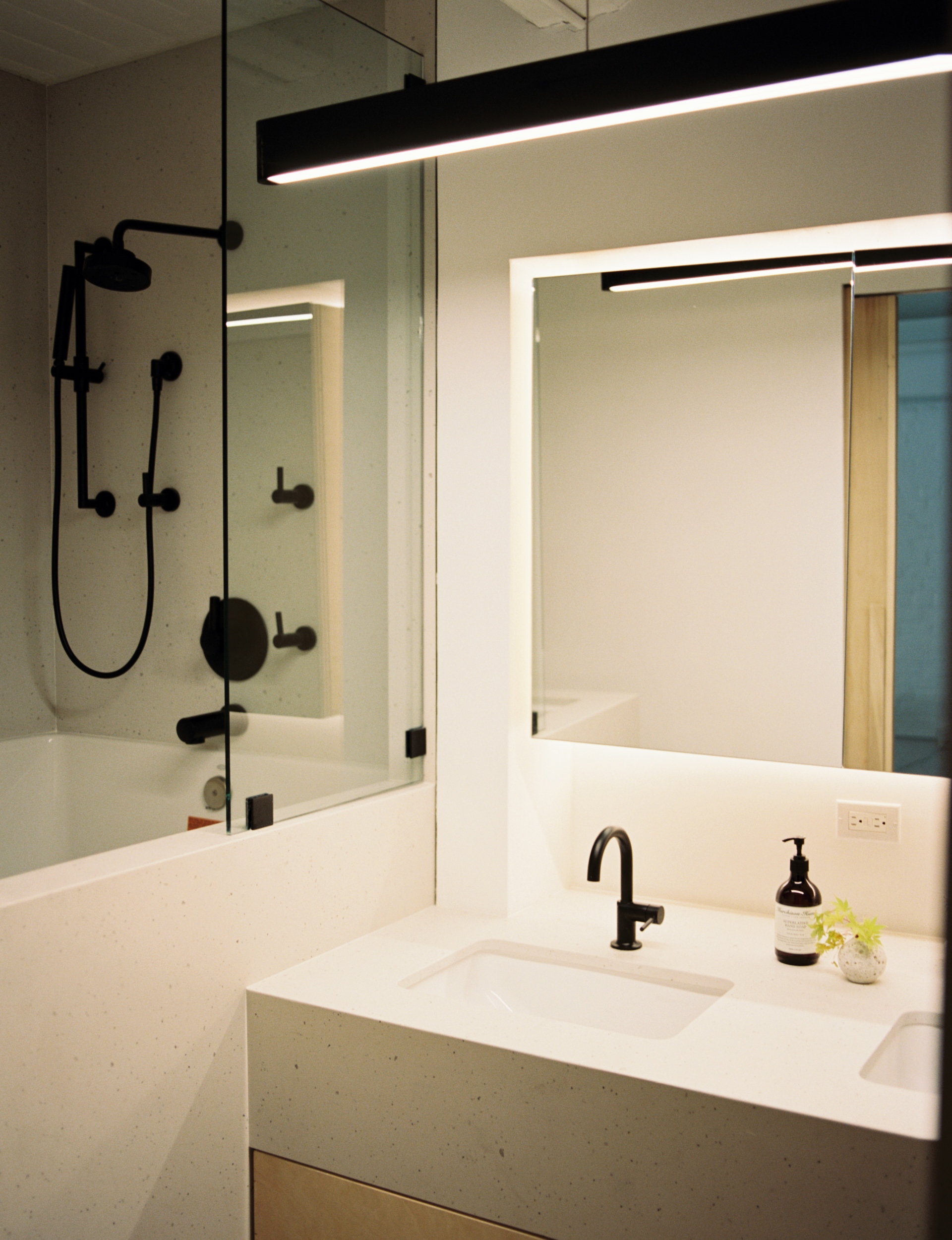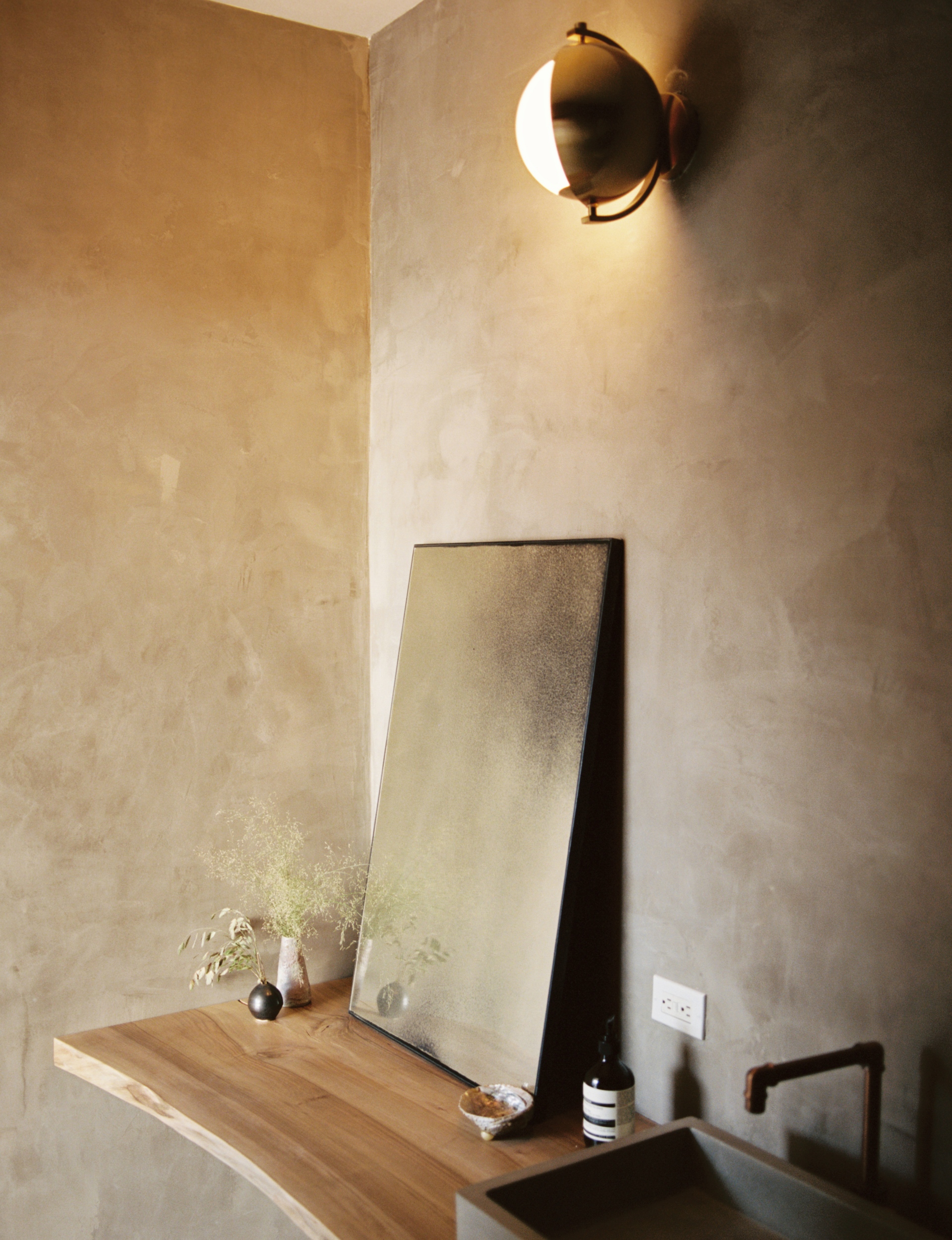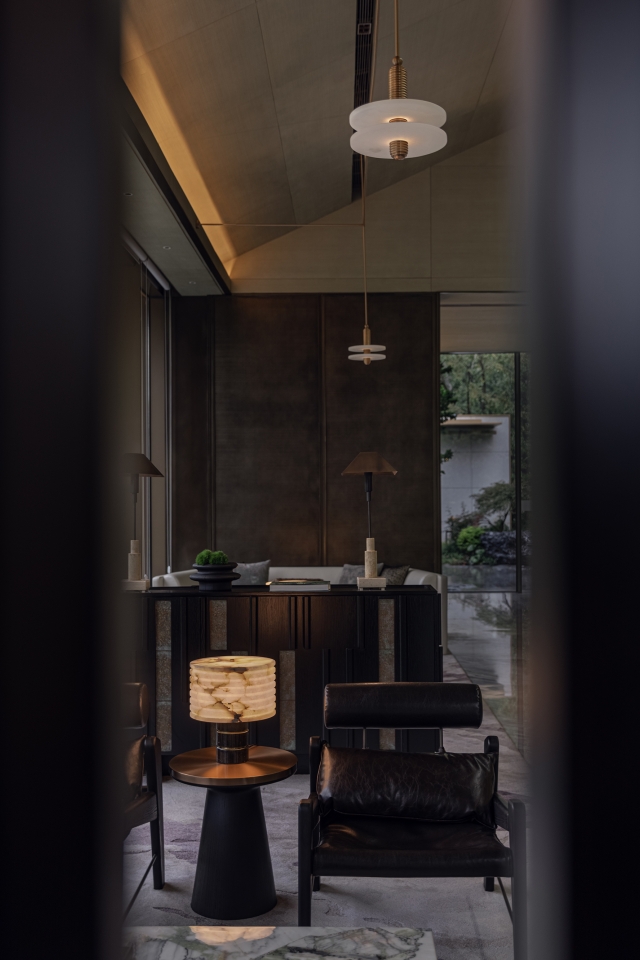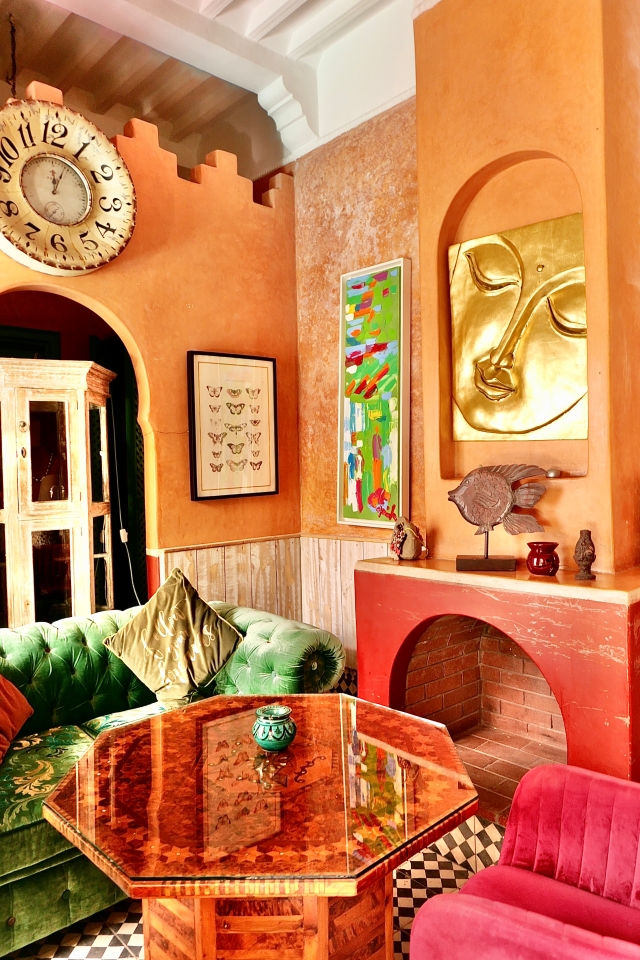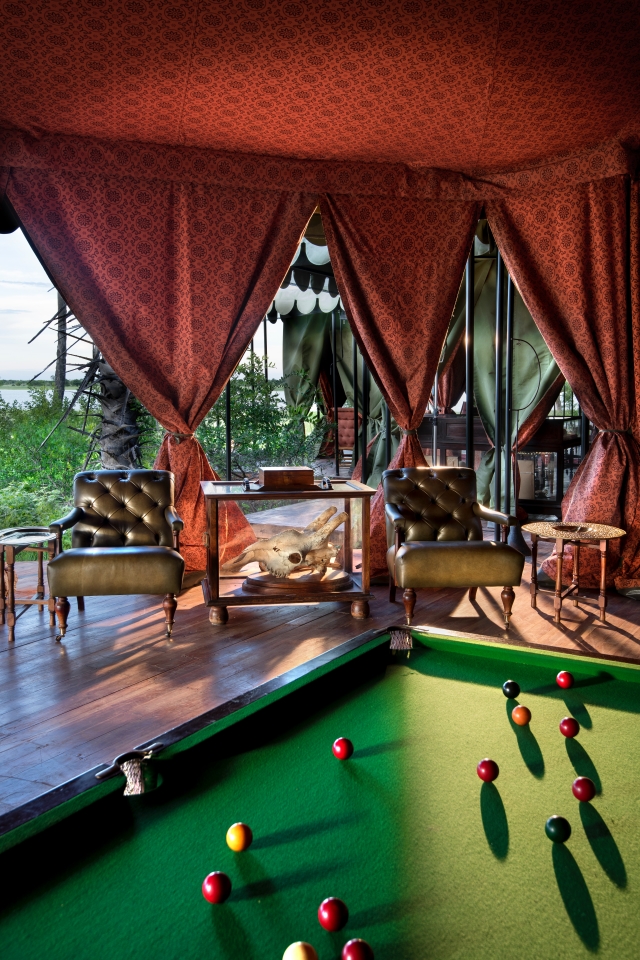OWIU’s fields of expertise include architectural design, construction, urban design, and product design as well as architectural visualization services, and their niche is approaching every project with a strong emphasis on aesthetics and precision of form, coupled with a strong narrative and conviction. Imbued in the practice lies an innovative and progressive mindset that naturally creates a mission to propel design forward given the technological advances of contemporary society.
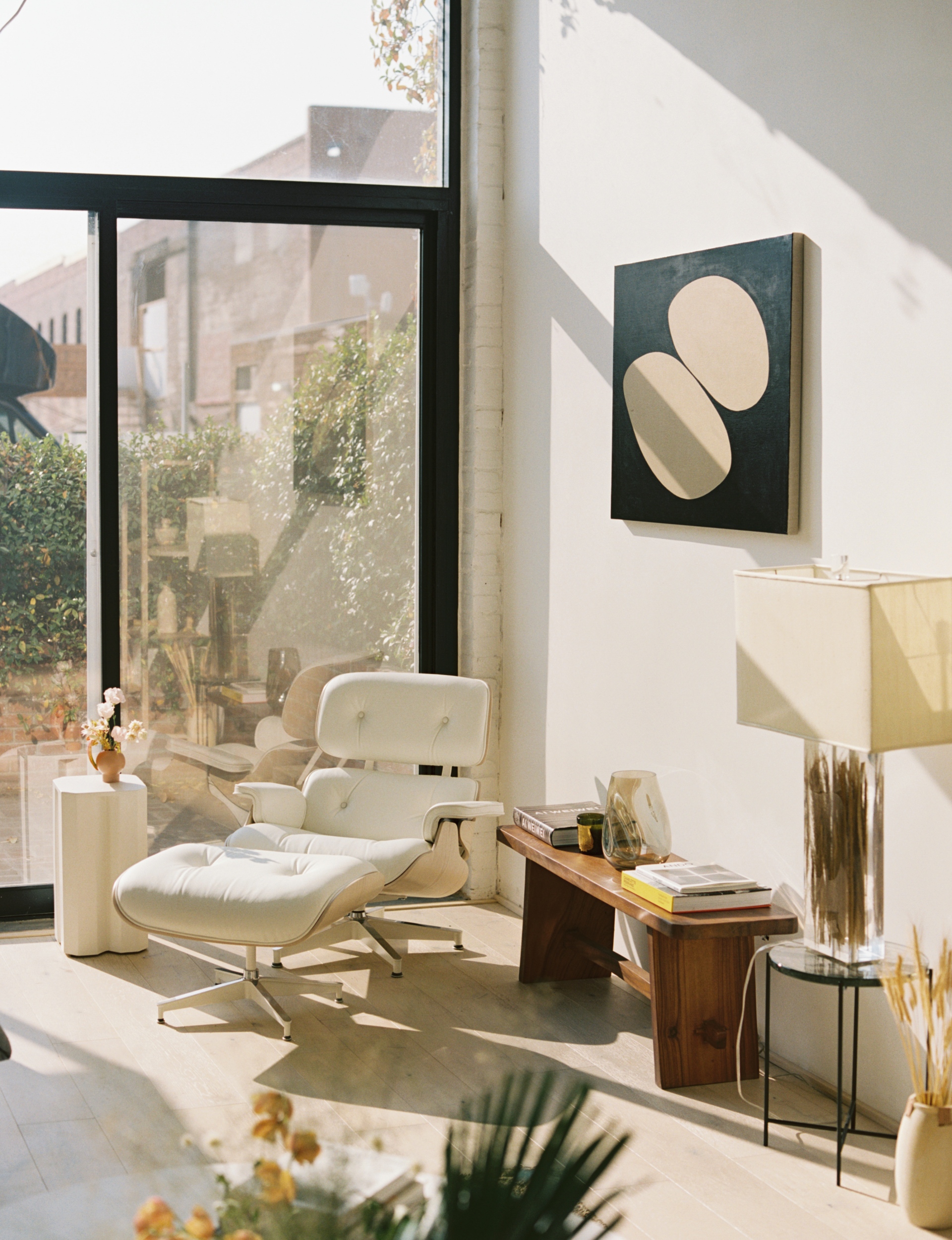
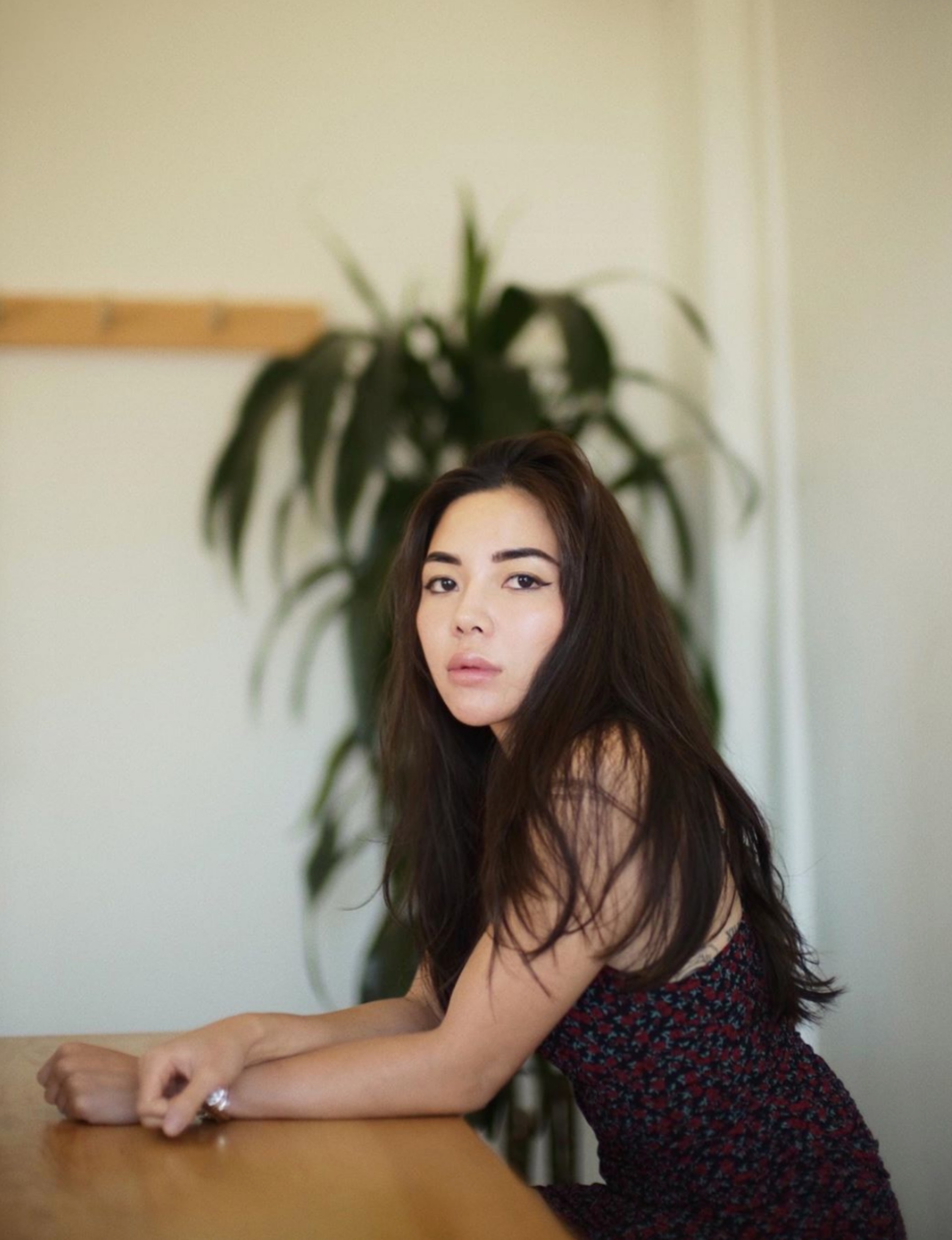
This project, Biscuit Loft is no exception. Housed within the prestigious Biscuit Company Lofts building, the firm's interior architecture and design has transformed a 1,620 square feet loft space into a two-bedroom urban zen hideaway. Maximizing every inch of space, OWIU created additional quarters and distinct uses for each room. The result is an apartment that merges Asian design principles with a downtown Los Angeles industrial edge, to create a comfortable living environment that inspires thoughtful daily routine and encourages a mindful lifestyle.
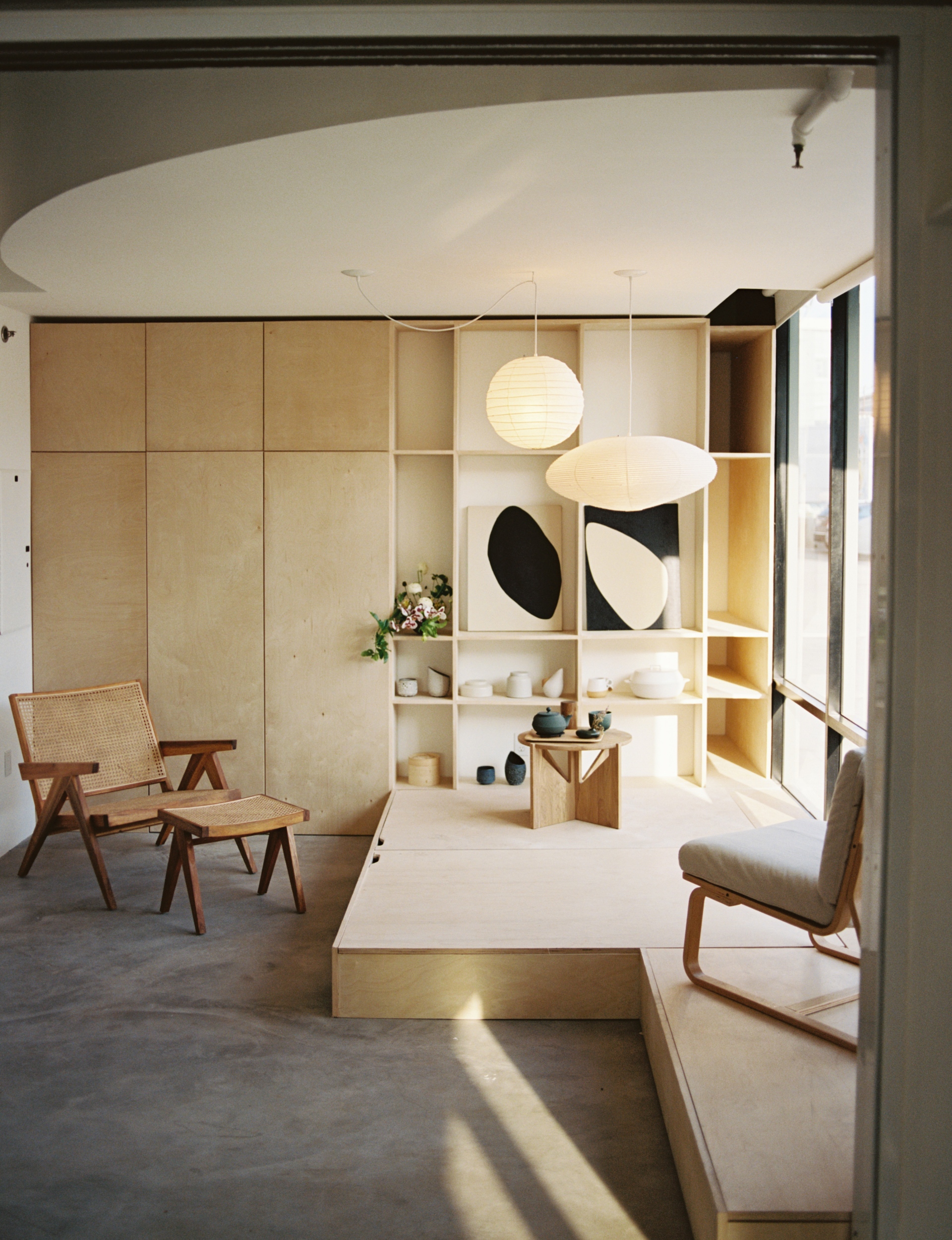
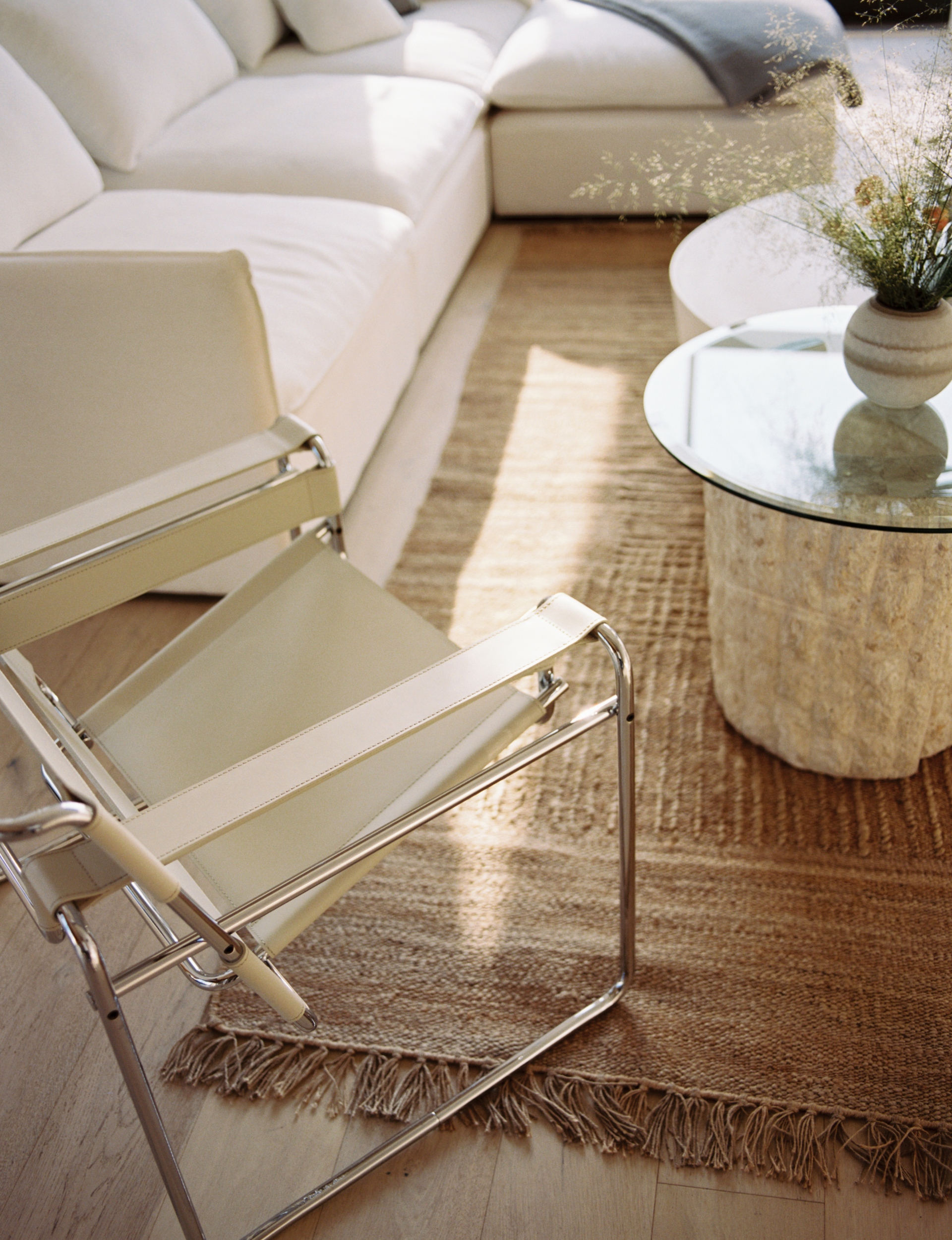
The iconic and preserved residential Biscuit Company Lofts Building was originally erected in 1925 as the National Biscuit Company (Nabisco) West Coast bakery. The factory building's pre-existing framework provided OWIU with a strong foundation and solid "backbone" to aesthetically experiment and construct new interior elements. OWIU's main goal was to avoid a cluttered furniture scheme, as often happens in loft spaces, and create a homey environment for comfortable and practical everyday use. The firm's detail-oriented approach helped maintain the apartment's expansive feel, while also providing well-planned interventions that compartmentalize space and maximize usage. The Japanese-inspired ethos of the design creates clear functions for each area of the apartment and eases the industrial elements within.
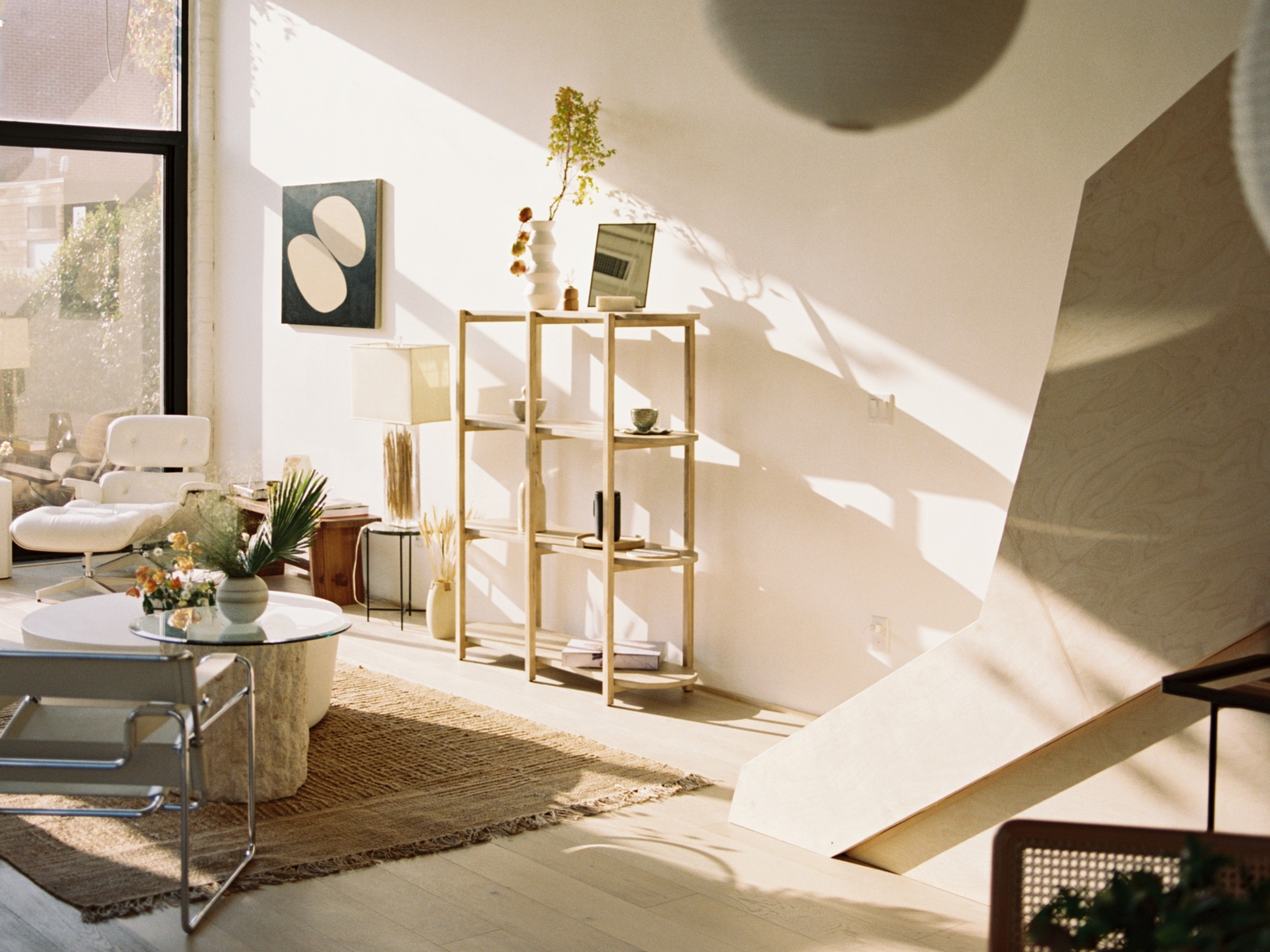
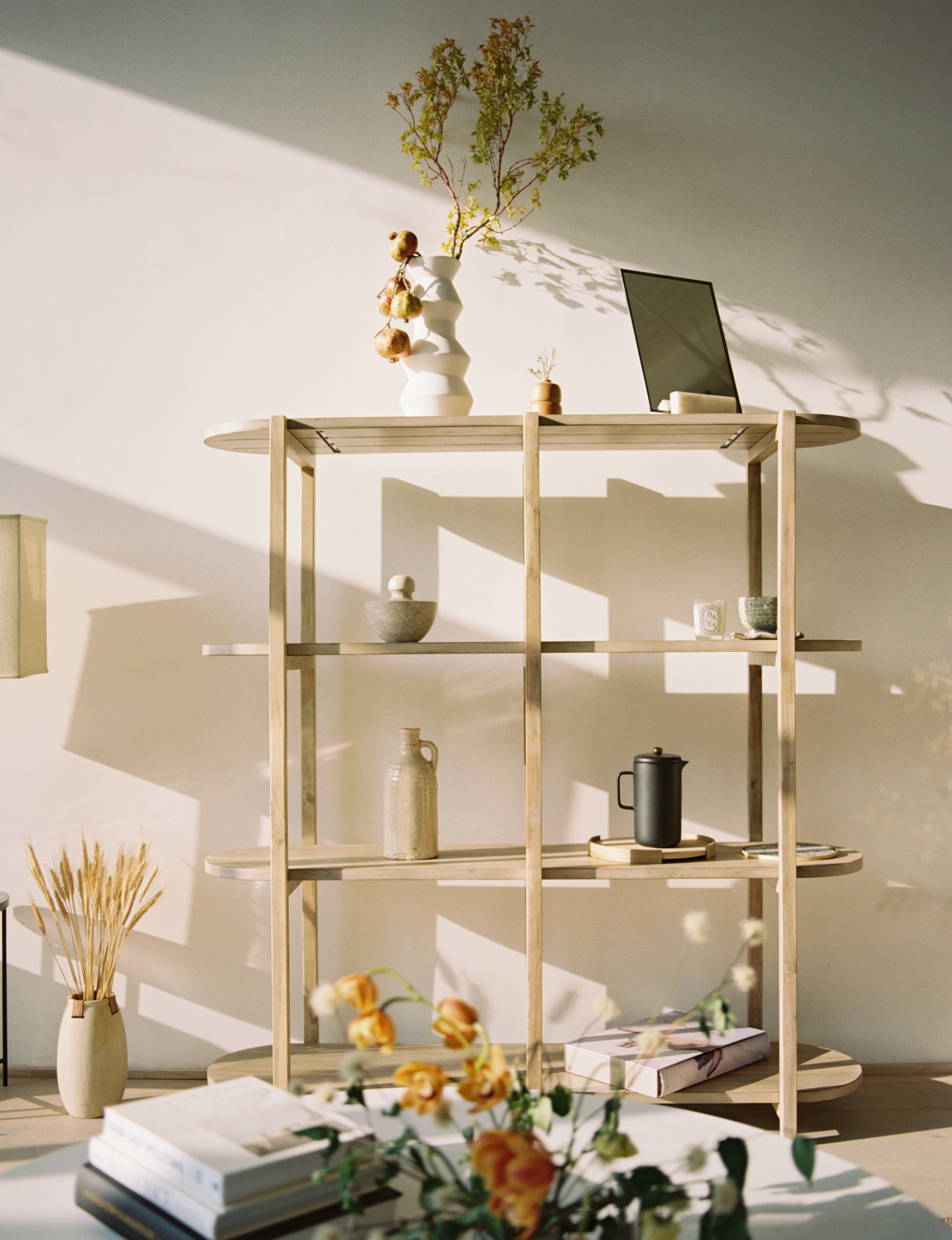
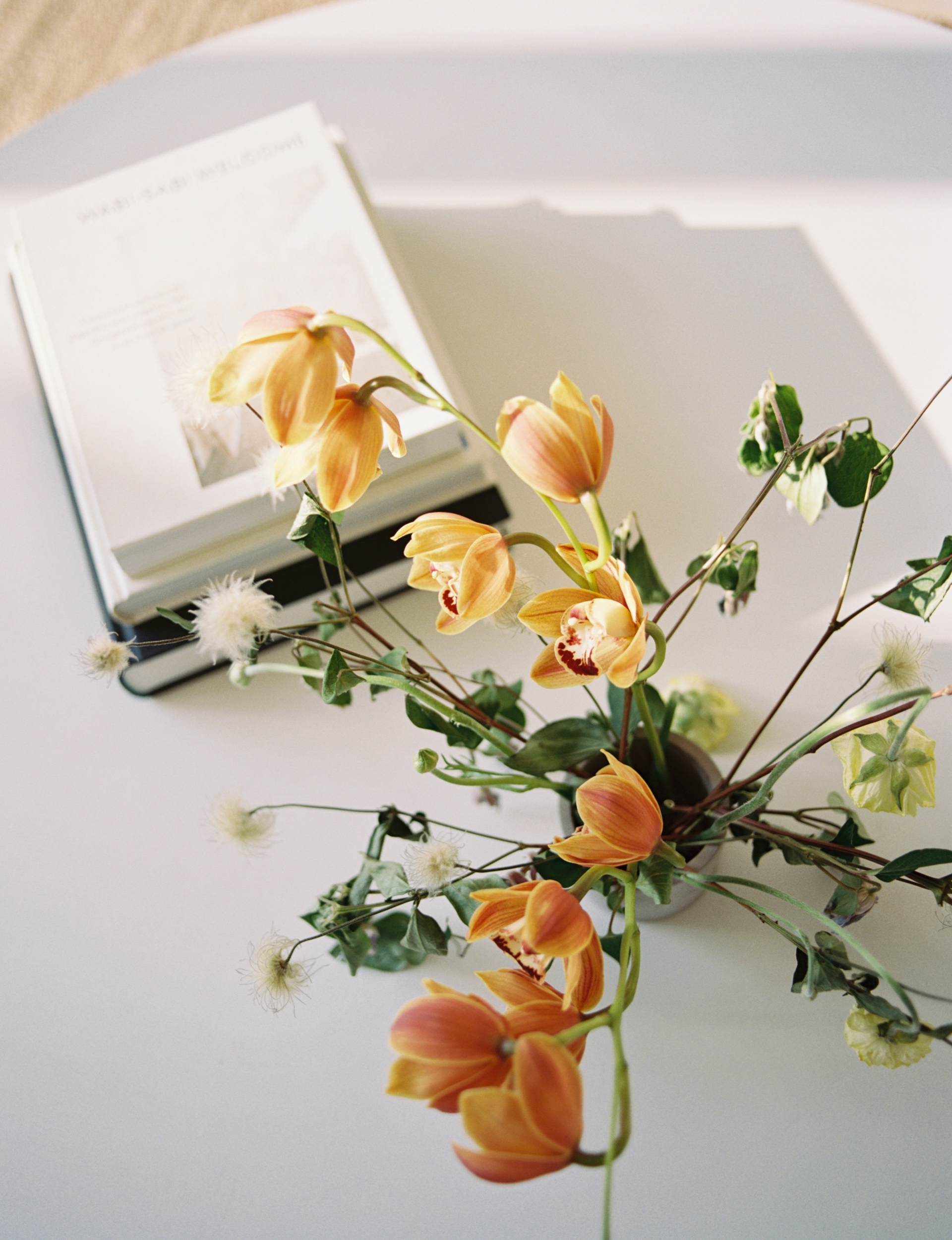
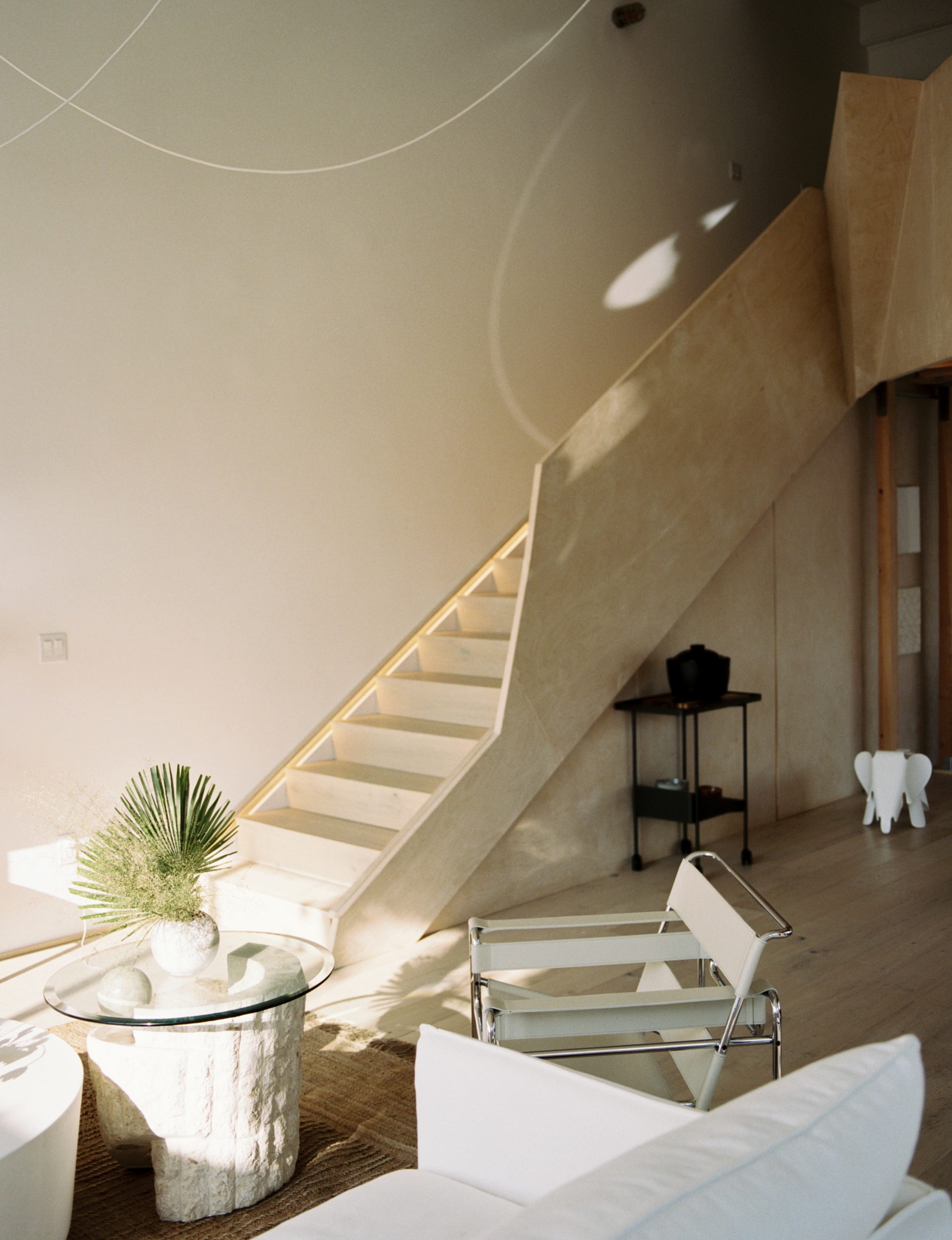
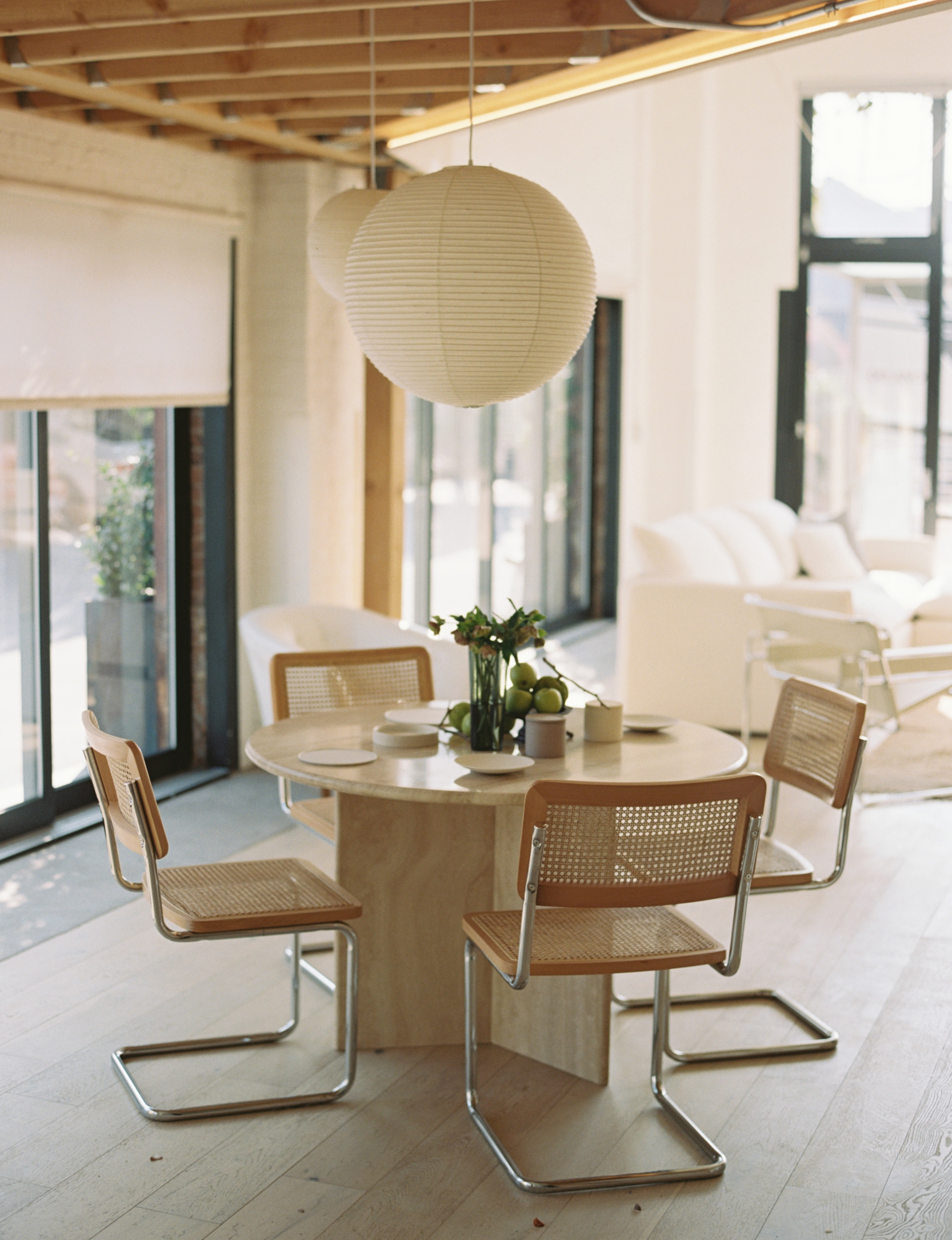
As one enters the loft, the immediate size of the space is apparent and framed by the hanging Noguchi Akari pendant lights. The lights lead the eyes towards the gigantic concrete slab that sits atop the kitchen bar and functions as the home's main dining table. The ground floor living space frames the grandiose staircase which ascends to the upper open loft level of the apartment. The staircase's railing wraps up to seamlessly blend into the extended mezzanine and functions as a faceted guardrail. The staircase is assembled from ten custom fabricated panels and features four angled interventions that break up the visual continuity. The guardrail's typology is a unique design element that strays from a typical straight line guardrail.
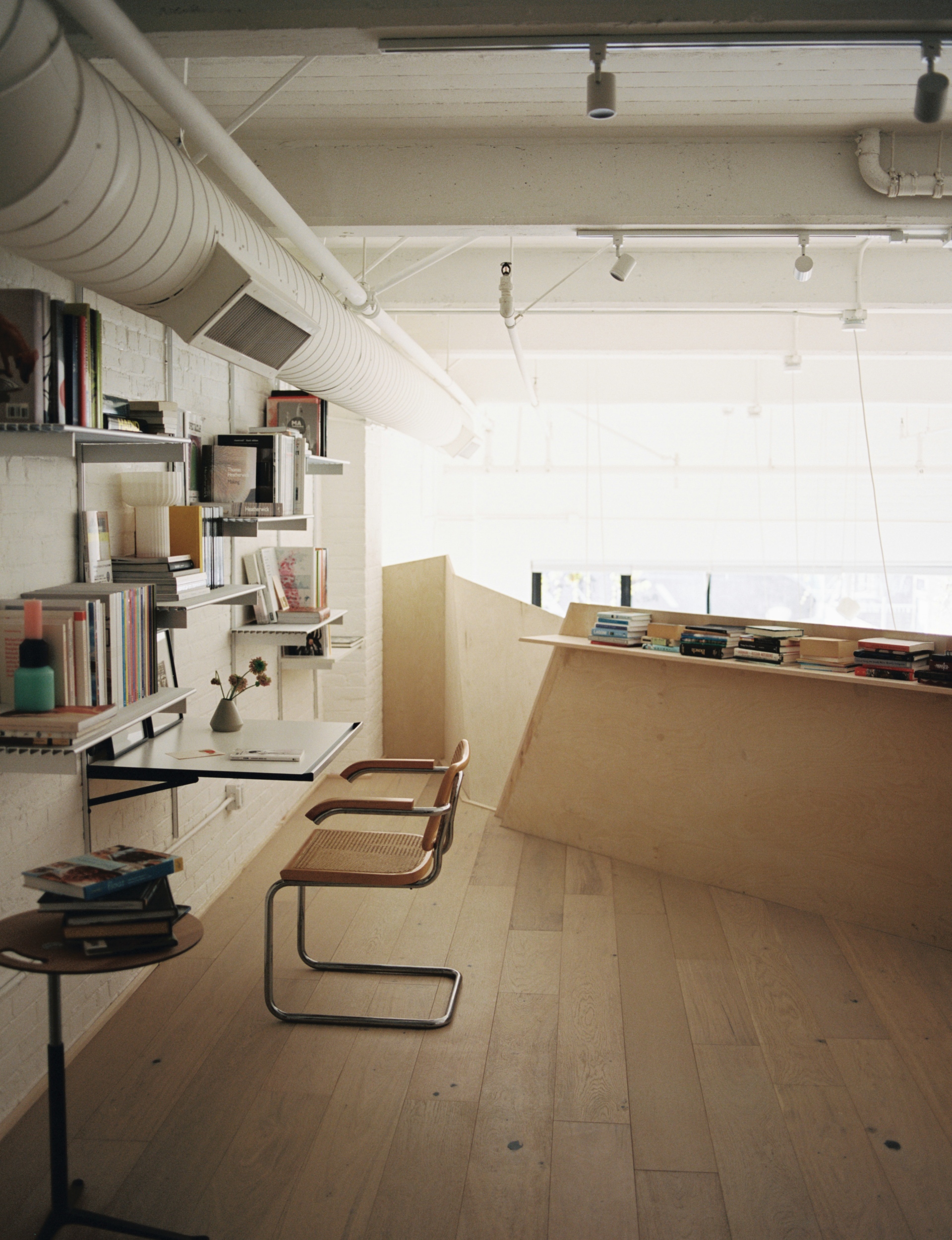
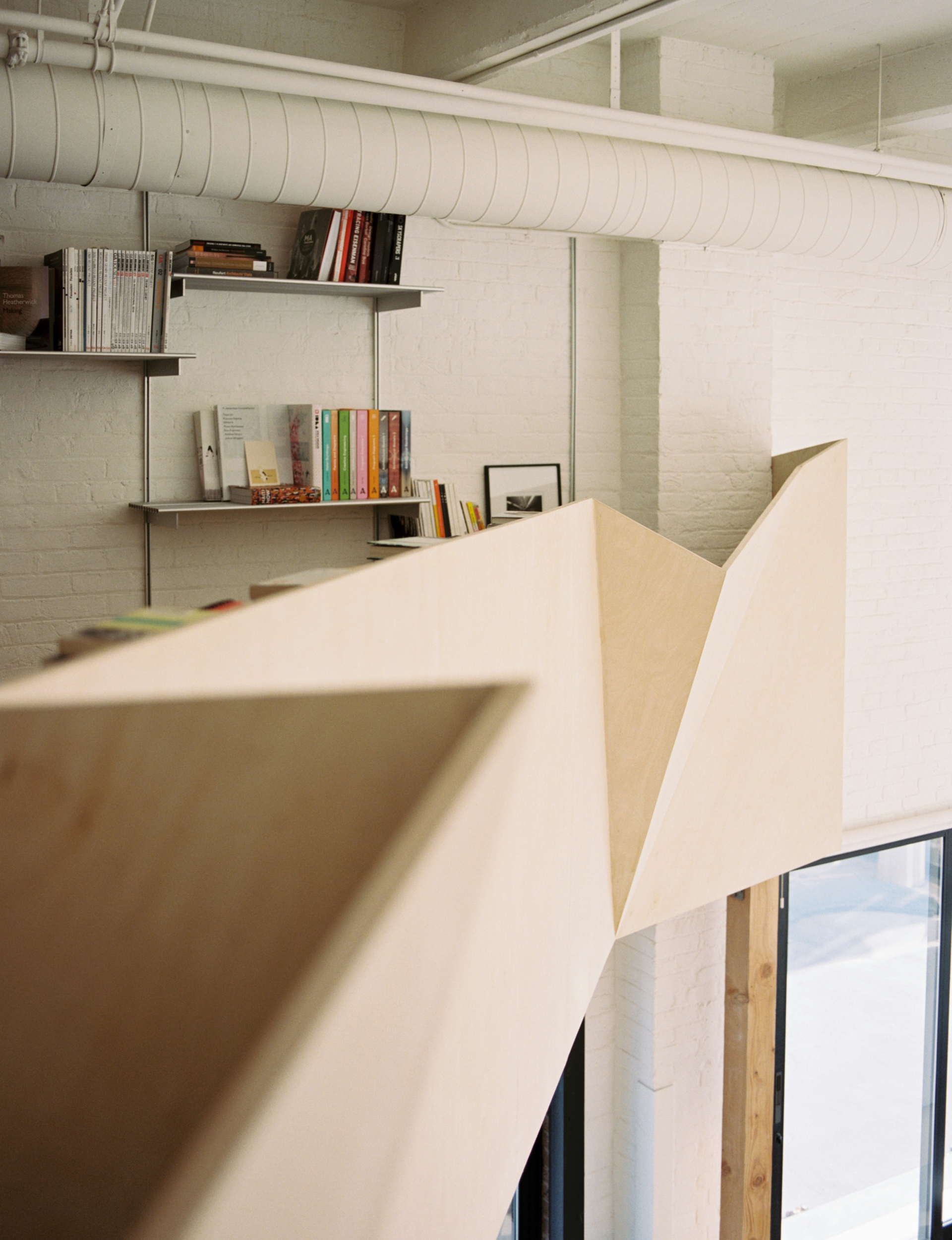
Perhaps the loft’s strongest physical aspect is its double volume height. The upper mezzanine floor functions as a semi-private study/reading room that rests above the open kitchen and living area, as well as serving as the entryway to the private master bedroom on the second floor. The upper mezzanine was extended by 130 square feet with wooden pilotis (piers) to provide a more extended cover of the ground floor and section off the entranceway to the private guest bedroom. This intervention fixes the problem of privacy in the apartment and creates a tranquil space for the master bedroom to function its sole purpose of providing a good night's sleep. The guest bedroom design was inspired by the simple Japanese ryokan - a minimalist room is lined with tatami mats and a Japanese futon for when guests stay over. Its secondary use functions as a space for tea ceremonies and gatherings, as typical in a ryokan, as well as a serene atmosphere for reading, creative brainstorming and resting. Meanwhile, the second bedroom becomes a haven true haven from downtown LA’s urban congestion. It’s a home sweet home indeed that nurtures the body and mind.
